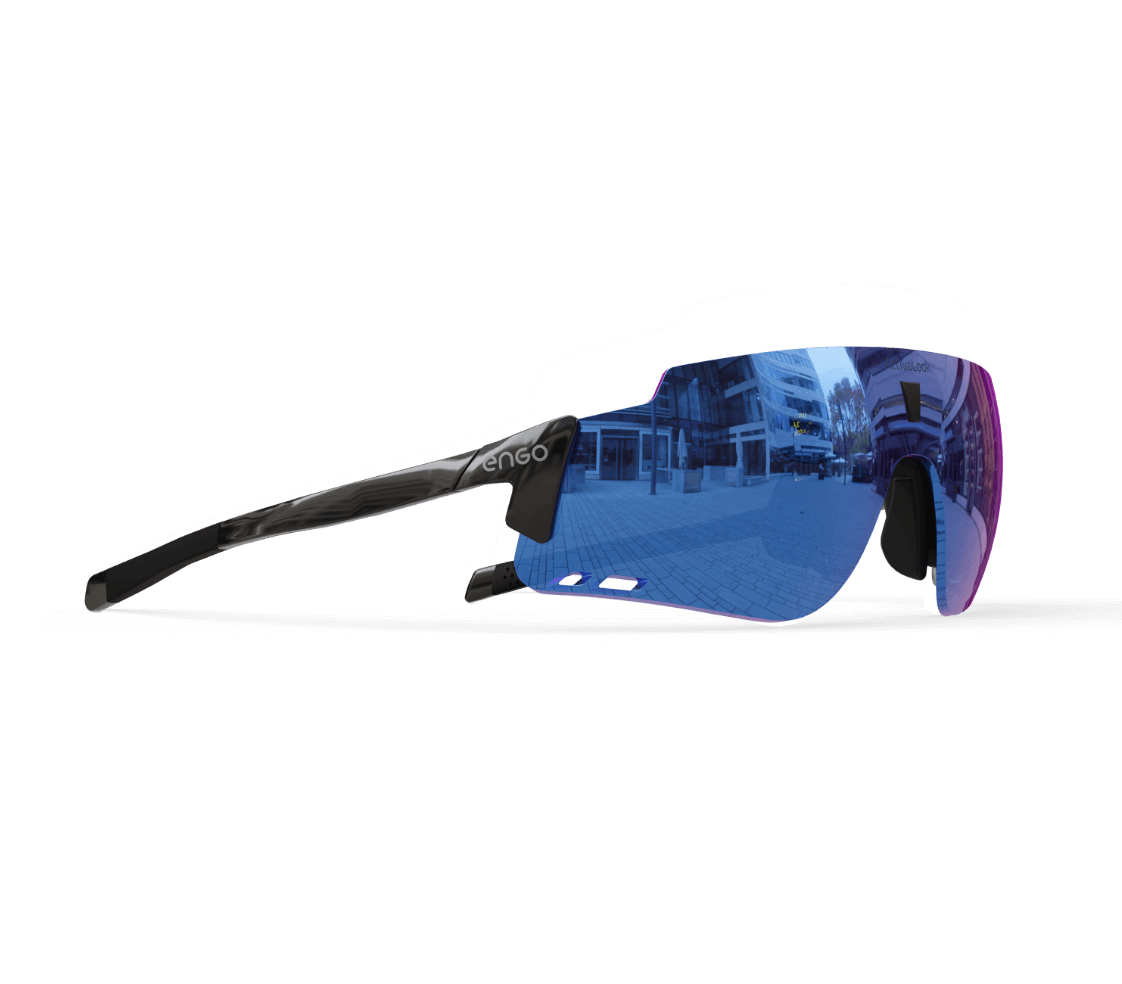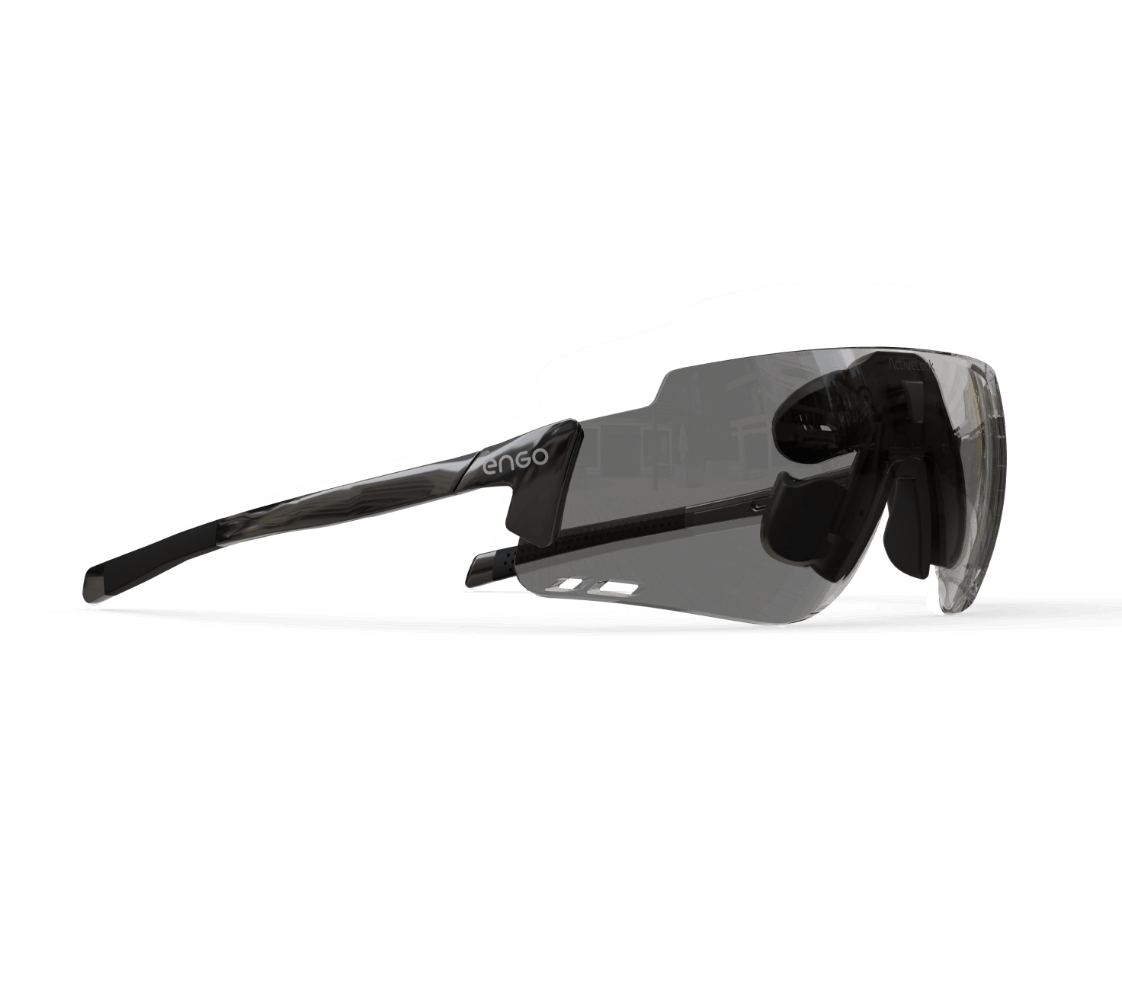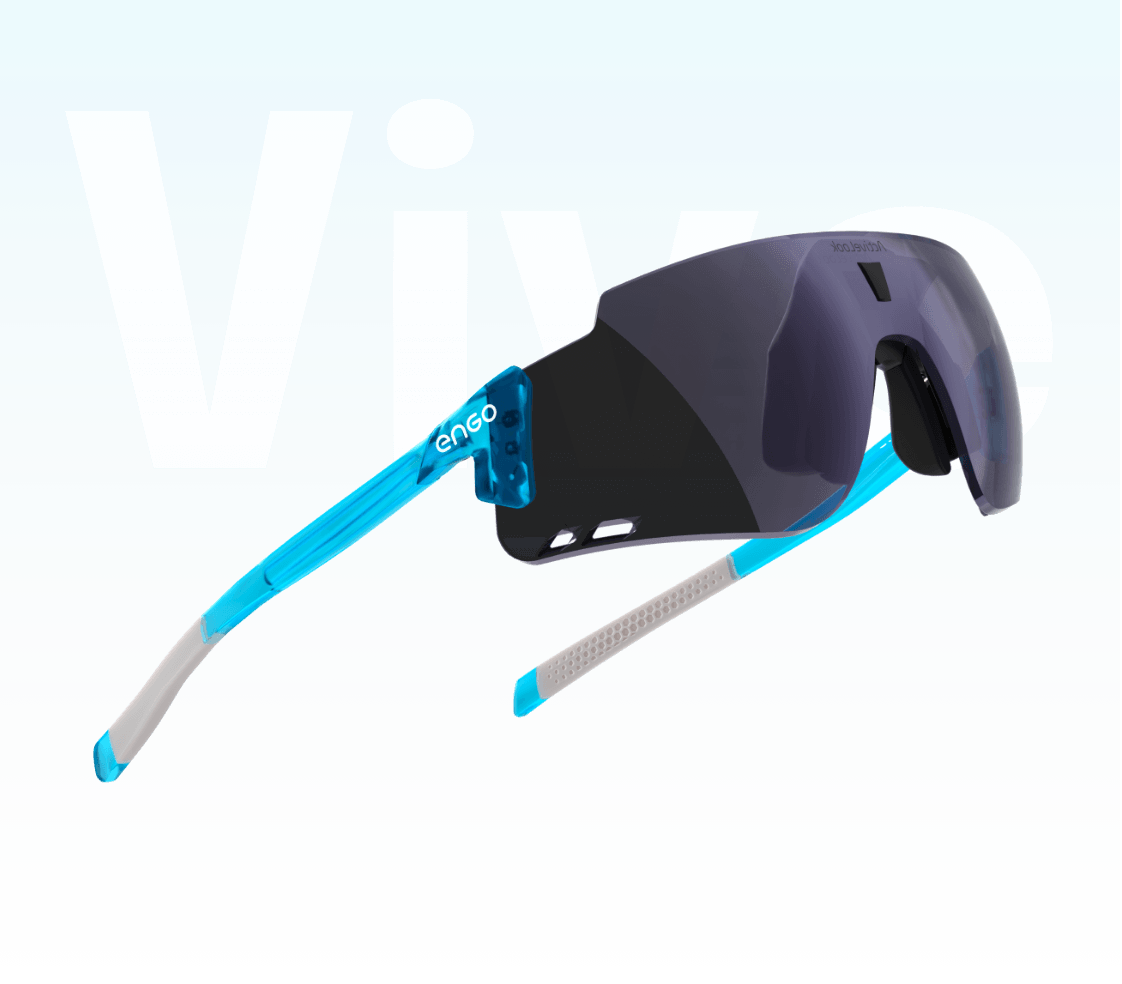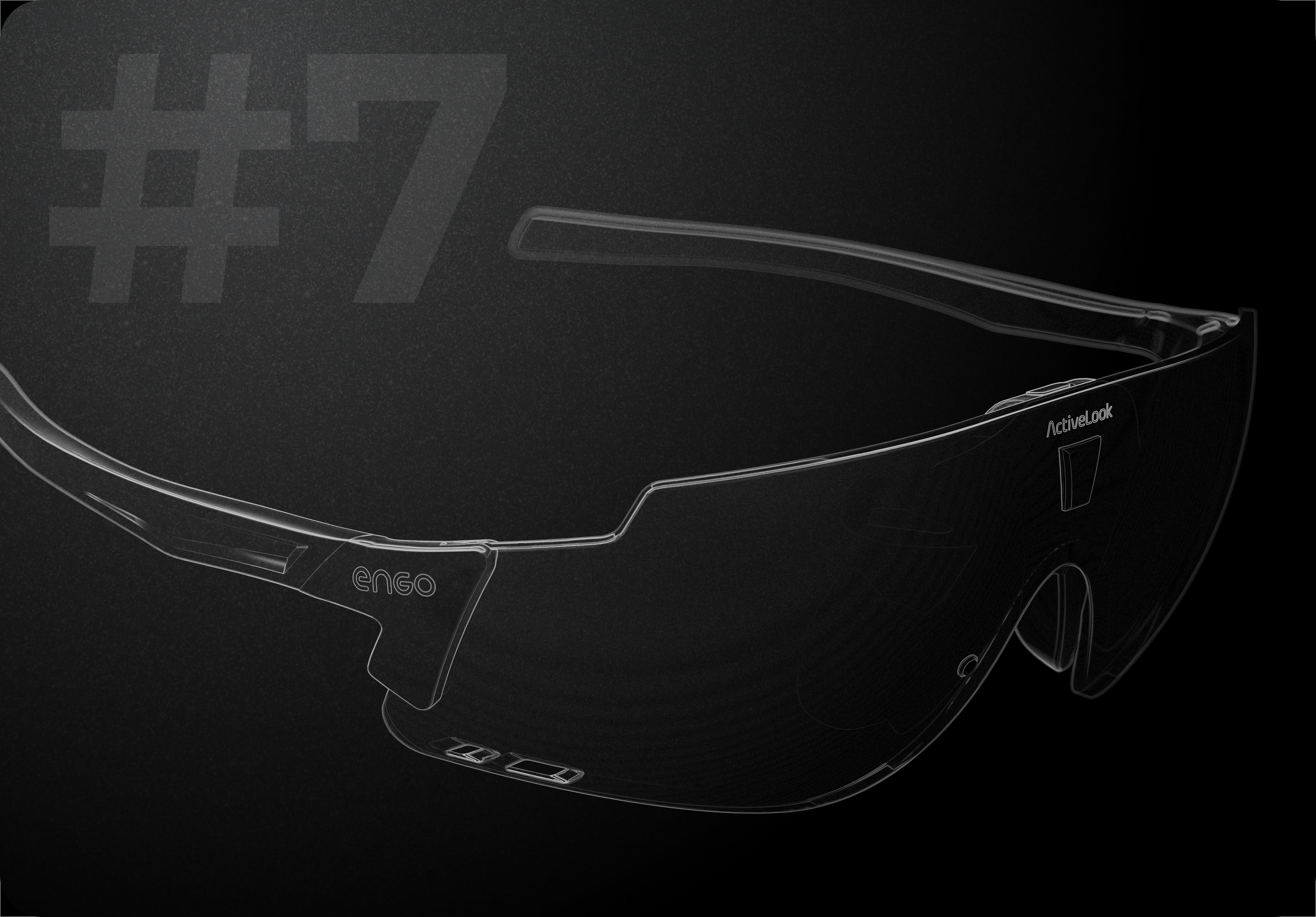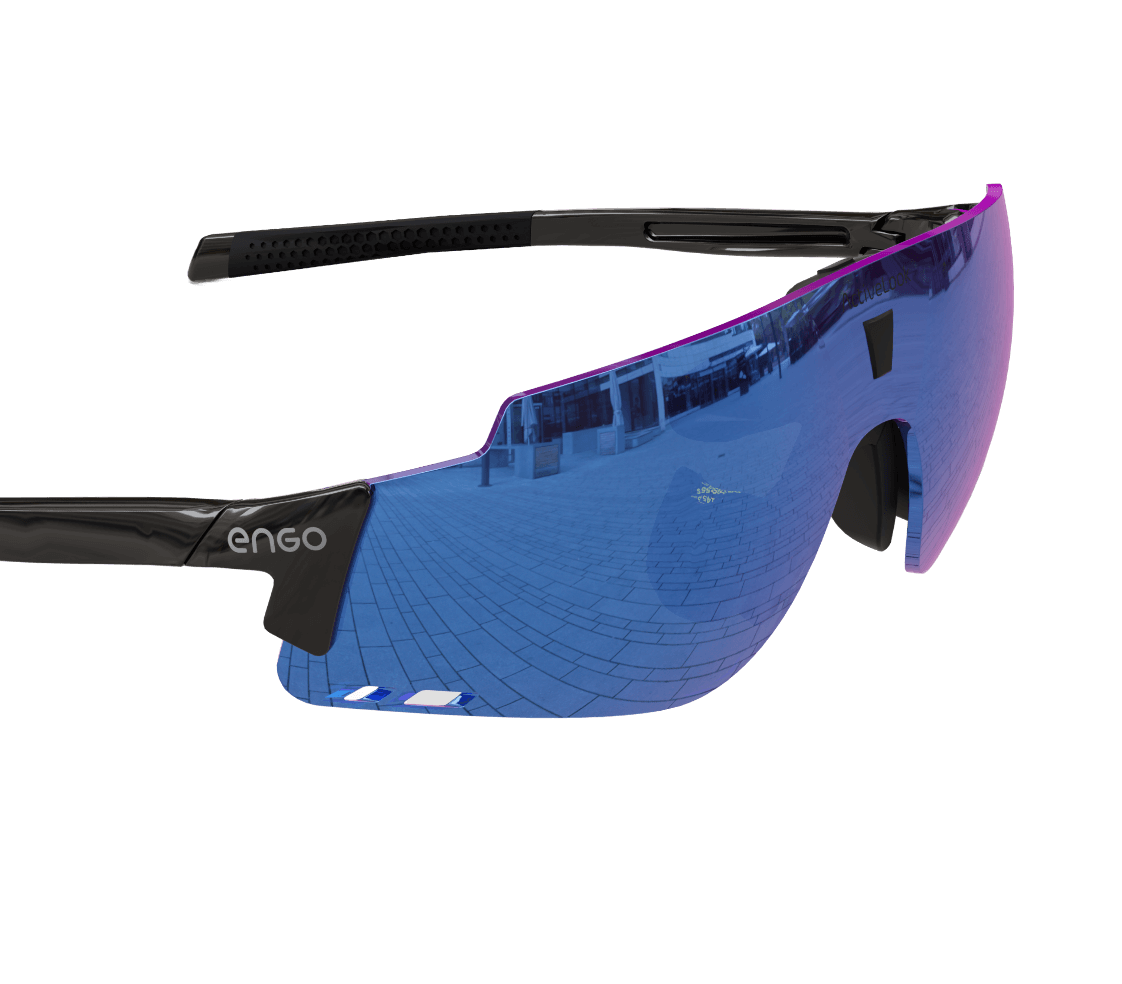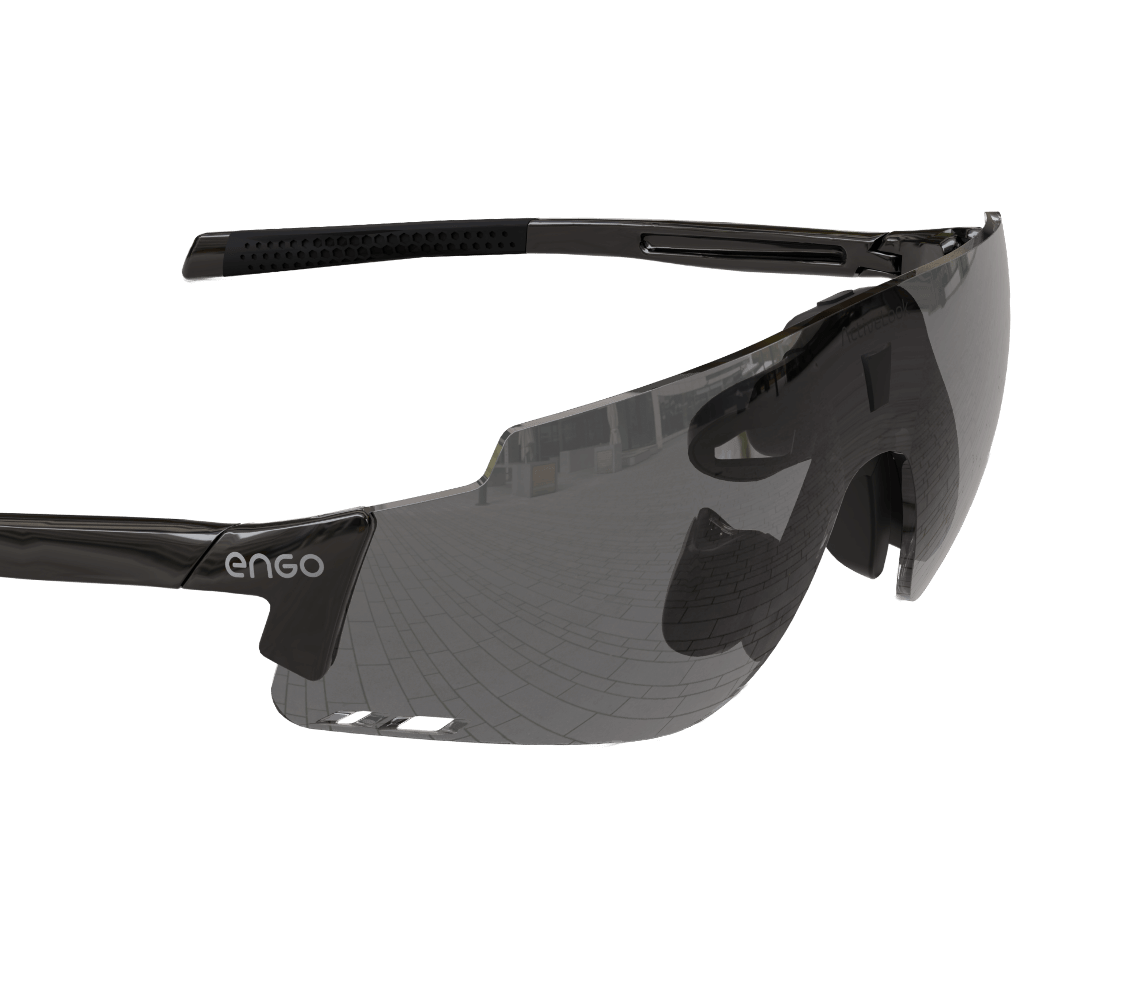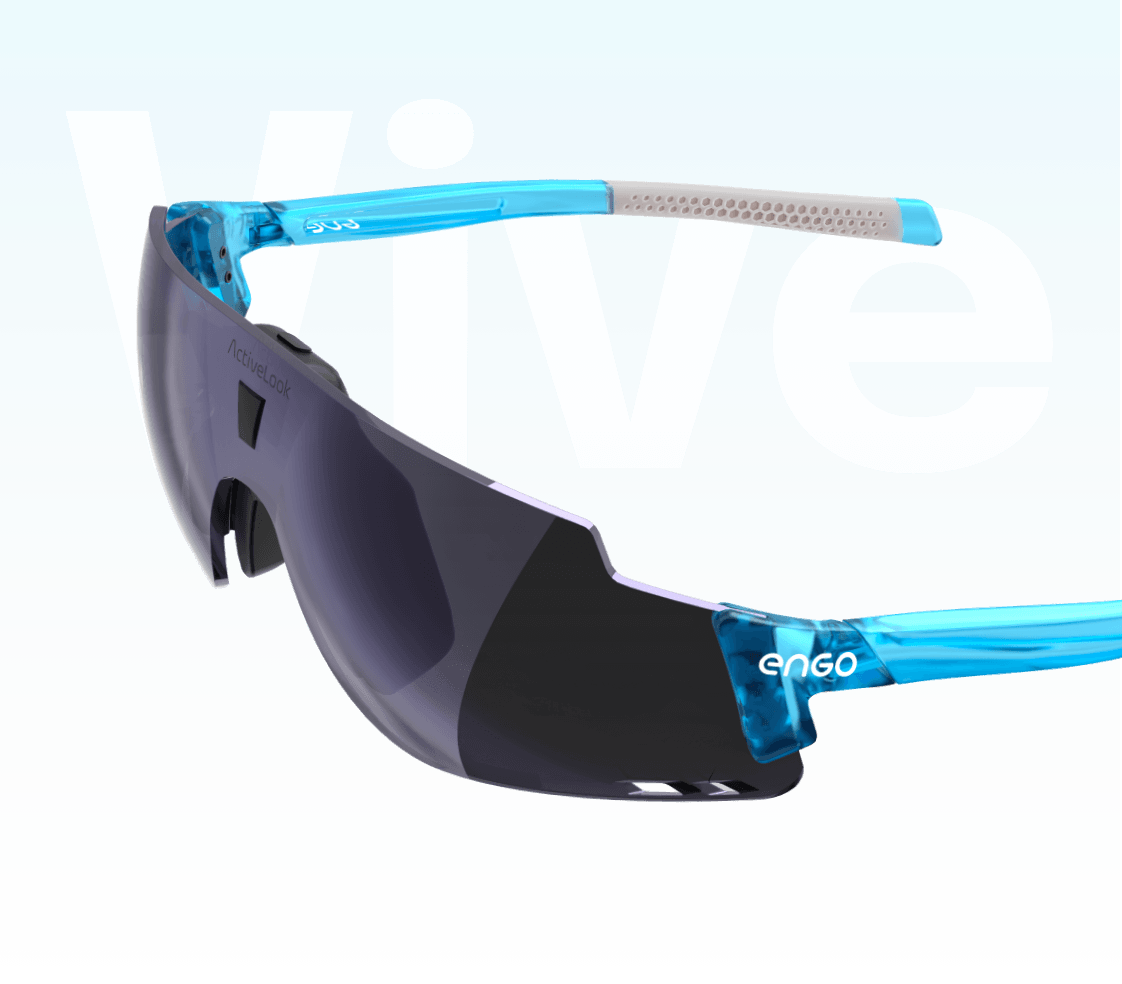
En el mundo de los deportes de resistencia, la diferencia entre una marca personal y un final decepcionante a menudo se reduce a la ejecución de la carrera más que a la forma física. Incluso los atletas mejor entrenados pueden fallar si no gestionan adecuadamente su esfuerzo a lo largo de una competición. Aquí es donde el ritmo estratégico, en particular el arte de la división negativa, resulta crucial.
El concepto parece sencillo: correr la segunda mitad de la carrera más rápido que la primera. Sin embargo, según un estudio publicado en 2013 en el Journal of Strength and Conditioning Research, en el que se analizaron más de 300.000 maratones, solo el 5,6 % de los corredores consiguen un parcial negativo. ¿Qué separa a estos corredores de élite del resto? Cada vez más, la respuesta está en la ejecución basada en datos y la información en tiempo real.
La ciencia del ritmo de carrera
Entender los sistemas energéticos
El rendimiento humano depende de tres sistemas energéticos principales:
- Sistema Fosfágeno: Proporciona energía inmediata durante 10-15 segundos de esfuerzo máximo.
- Sistema glucolítico: Combustible para esfuerzos de intensidad moderada a alta de hasta 3 minutos de duración.
- Sistema aeróbico: Permite realizar esfuerzos más prolongados y sostenidos gracias a la utilización eficaz del oxígeno.
Cada distancia de carrera exige un equilibrio único de estos sistemas. Los corredores de maratón dependen principalmente del metabolismo aeróbico, mientras que las pruebas de media distancia requieren un despliegue estratégico de recursos aeróbicos y anaeróbicos.
Una investigación publicada en el International Journal of Sports Physiology and Performance (2019) demuestra que el rendimiento óptimo proviene de equilibrar estos sistemas energéticos a lo largo de la carrera, sin agotar ninguno de ellos demasiado pronto. Este conocimiento científico constituye la base de las estrategias inteligentes de ritmo de carrera.
El coste de los primeros errores
Las malas decisiones sobre el ritmo en las primeras etapas de una carrera pueden tener consecuencias fisiológicas devastadoras:
- Agotamiento prematuro del glucógeno: Empezar demasiado rápido puede acelerar las tasas de utilización de carbohidratos entre un 15 y un 20%.
- Acumulación temprana de lactato: Una intensidad temprana excesiva provoca una acumulación de lactato que requiere mucha energía para procesarla
- Fatiga neuronal: Los rendimientos de potencia superiores a los sostenibles provocan una fatiga del sistema nervioso central que persiste durante toda la carrera.
Según estudios del European Journal of Applied Physiology, cada aumento del 5% en el ritmo por encima del umbral de lactato en las primeras etapas de una prueba de resistencia puede reducir el rendimiento general en un 2-3% en la línea de meta. Para un maratoniano de 3:30, eso se traduce en una pérdida de casi 7 minutos.
Estrategias de ritmo de carrera: Una guía completa
División negativa
La estrategia de la división negativa consiste en completar la segunda mitad de la carrera más rápido que la primera. Este enfoque conserva la energía al principio y aprovecha la capacidad del cuerpo para procesar el lactato de forma más eficiente cuando no está sobrecargado.
Ventajas:
- Previene el agotamiento temprano del glucógeno
- Crea la ventaja psicológica de adelantar tarde a los competidores
- Reduce el riesgo de "darse contra la pared".
Ideal para: Maratones, medias maratones y triatlones más largos.
Ejemplo de tiempos parciales para un maratón de 3:30:
- Primera mitad: 1:46:30 (8:08 min/milla)
- Segunda mitad: 1:43:30 (7:54 min/milla)
Ritmo uniforme
Esta estrategia tiene como objetivo mantener un esfuerzo constante durante toda la carrera. Según un análisis de 2020 en Sports Medicine, el ritmo uniforme produce los rendimientos más eficientes en pruebas de más de 2 minutos de duración, ya que optimiza el consumo de oxígeno y minimiza las fluctuaciones metabólicas.
Ventajas:
- Metabólicamente eficiente
- Más fácil de ejecutar mentalmente
- Proporciona tiempos de acabado predecibles
Ideal para: Carreras de 5K a 10K, triatlones de distancia olímpica.
División positiva
Aunque menos popular para un rendimiento óptimo, la división positiva (empezar más rápido y ralentizar gradualmente) puede ser apropiada para ciertos escenarios, particularmente en carreras tácticas o cuando la geografía del recorrido lo exige.
Ventajas:
- Establece la posición en carreras con mucha gente
- Aprovecha la disponibilidad temprana de energía
- Se adapta a las características del campo
Ideal para: Pruebas en pista, recorridos de bajada a subida
Ritmo variable
Este sofisticado enfoque ajusta el ritmo en función del terreno, las condiciones y la dinámica de la carrera. Un estudio publicado en 2018 en el Journal of Applied Physiology descubrió que los corredores de élite varían de forma natural su ritmo entre un 3 y un 5% en función de la topografía del recorrido, con un esfuerzo optimizado en lugar de una velocidad constante.
Ventajas:
- Se adapta a la geografía del curso
- Mantiene un esfuerzo fisiológico constante a pesar de las condiciones cambiantes
- Optimiza el gasto energético
Ideal para: Trail running, pruebas ciclistas y recorridos técnicamente exigentes.
Estimulación basada en la frecuencia cardiaca
En lugar de centrarse en la velocidad o la potencia, esta estrategia utiliza la respuesta cardiovascular para medir el esfuerzo, garantizando la sostenibilidad fisiológica independientemente de las condiciones ambientales.
Ventajas:
- Tiene en cuenta los factores medioambientales (calor, humedad)
- Se adapta a las variaciones diarias de la preparación física
- Evita el sobreesfuerzo en condiciones difíciles
Ideal para: Carreras en climas cálidos, pruebas de ultraresistencia
La revolución de los datos en tiempo real
De la teoría a la práctica
Aunque comprender estas estrategias es esencial, ejecutarlas con precisión durante el estrés físico y mental de la competición presenta retos significativos. Los métodos tradicionales se basan en mirar periódicamente los dispositivos que se llevan en la muñeca, un proceso que provoca trastornos físicos y cognitivos.
Una investigación del Journal of Sports Sciences indica que consultar un dispositivo en la muñeca mientras se corre:
- Interrumpe la economía de marcha en un 2-4% durante el movimiento de comprobación
- Crea picos momentáneos de frecuencia cardiaca de una media de 3-5 lpm.
- Requiere entre 6 y 8 segundos de procesamiento cognitivo para interpretar y aplicar los datos.
- Ocurre aproximadamente 20-30 veces durante un maratón para corredores medios
Estos trastornos se acumulan. En un análisis biomecánico realizado en 2021 se observó que los corredores que utilizaban dispositivos de muñeca los sufrían con frecuencia:
- Aumento global del consumo de oxígeno en un 1,2
- Oscilación vertical adicional de 2,3 cm de media durante las fases de control
- Patrones de zancada alterados durante 3-5 zancadas después de cada control
La ventaja ENGO
Las gafas ENGO eliminan estas interrupciones al situar las métricas críticas directamente en la línea de visión del atleta, creando una integración perfecta de los datos en la experiencia de la carrera. La ventaja tecnológica se traduce en beneficios cuantificables para el rendimiento:
- Información continua: Los deportistas reciben actualizaciones de datos constantes sin alterar la forma.
- Carga cognitiva reducida: No hay que alternar entre la carrera y la interpretación de los datos
- Fisiología estabilizada: Eliminación de las fluctuaciones de la frecuencia cardíaca y de la forma relacionadas con la comprobación.
- Mayor precisión: Ajustes en cada momento para mantener el ritmo o la potencia deseados.
La perspectiva del experto: Estrategia de carrera
Magia de maratón: el enfoque 5/5/5/5/6
El entrenador olímpico de maratón Jack Daniels popularizó esta estrategia de maratón seccional que divide la carrera en cinco segmentos de 5 millas seguidos de un segmento final de 6,2 millas (para completar las 26,2 millas). Cada segmento tiene unas pautas de ritmo específicas:
- Millas 1-5: 5-10 segundos por milla más lento que el ritmo objetivo
- Millas 6-10: Ritmo objetivo
- Kilómetros 11-15: Ritmo objetivo
- Millas 16-20: Mantener el ritmo objetivo (el segmento crítico)
- Millas 21-26.2: Lo que quede en el depósito
Este enfoque estructurado, cuando se ejecuta con precisión, produce la codiciada división negativa a la vez que tiene en cuenta los retos fisiológicos de las diferentes fases de la carrera.
Transiciones en triatlón: Carreras basadas en la potencia
En el triatlón, el ritmo basado en la potencia ha revolucionado el rendimiento ciclista. Según Joe Friel, reputado entrenador de triatlón y autor de "The Triathlete's Training Bible", la mayoría de los triatletas de grupos de edad pedalean un 10-15% por encima de su potencia sostenible en el primer tercio del segmento de ciclismo, un error costoso que compromete su carrera a pie.
El enfoque óptimo divide el segmento de la bicicleta en zonas de potencia:
- Primeros 10 minutos: 95% del Umbral de Potencia Funcional (FTP)
- Tramo medio: 85-90% de FTP (ajustado al terreno)
- 5K final: 80-85% de FTP para preparar la carrera
Los datos de potencia en tiempo real hacen posible esta ejecución precisa, sobre todo cuando se dispone de ellos sin romper la posición aerodinámica.
Ultra-resistencia: La regla 80/20
En las pruebas de ultrafondo, la estimulación basada en la frecuencia cardiaca adquiere cada vez más importancia. El principio general sigue una distribución "80/20":
- 80% de la carrera: Mantente estrictamente por debajo del 80% de la frecuencia cardiaca máxima
- 20% final: Permiso para aumentar el esfuerzo si se siente fuerte
Este enfoque conservador reconoce las realidades metabólicas de los esfuerzos prolongados y reduce drásticamente las tasas de no finalización, según la investigación de la base de datos Western States Endurance Run.
De la estrategia a la ejecución
La ciencia del ritmo de carrera es clara: la distribución estratégica del esfuerzo a lo largo de una prueba optimiza los recursos fisiológicos y produce rendimientos superiores. Sin embargo, el conocimiento por sí solo no se traduce en ejecución, especialmente bajo el estrés físico y mental de la competición.
Las gafas ENGO acortan la distancia entre el conocimiento y la aplicación, transformando los planes de carrera teóricos en una ejecución práctica. Al proporcionar un acceso continuo y sin interrupciones a las métricas críticas, permite a los atletas de todos los niveles tomar decisiones informadas a lo largo de sus carreras.
Tanto si persigues una clasificación olímpica como si aspiras a conseguir un tiempo en la maratón de Boston o simplemente quieres establecer una nueva marca personal, la capacidad de ejecutar tu estrategia de carrera con precisión puede marcar la diferencia. En un deporte en el que los segundos importan y las pequeñas ventajas se agravan, tener tus métricas clave constantemente disponibles -sin distracciones ni interrupciones- puede ser la ventaja que transforme tu experiencia en carrera.
La próxima vez que te pongas en la línea de salida, pregúntate: ¿Está preparado para correr a tientas y esperar lo mejor? ¿O prefiere ejecutar con confianza, armado con los datos que necesita precisamente cuando los necesita? La elección -y el potencial avance en el rendimiento- es suya.


